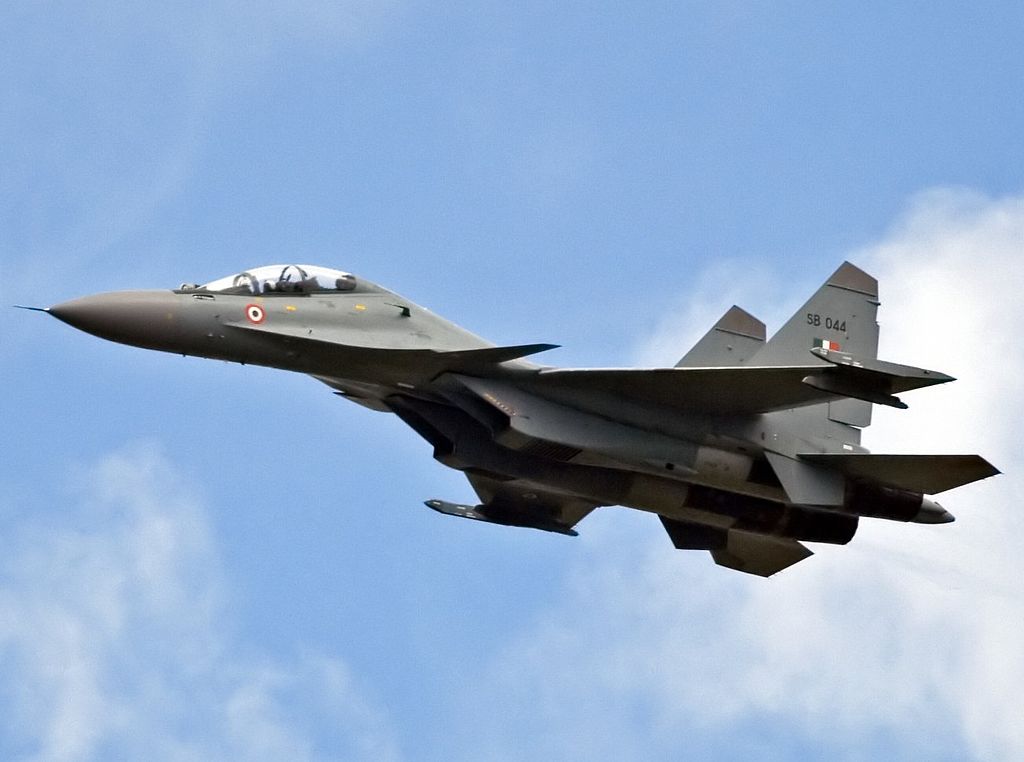New Delhi: Projects in Ladakh, which was carved out of the state of Jammu Kashmir, have been expedited. New schemes are also being launched in the region. Eight hydroelectric projects will be built in Ladakh. All these projects will be on the Indus river and its tributaries. The Water Resources Ministry and the Indus Commission have approved these projects.
Infrastructure facilities are being rapidly developed in Ladakh. The government has drafted a plan to generate electricity by using the abundant water resource available there. There are many smaller hydroelectric projects in Ladakh. All put together, and their generation capacity is 113 megawatts. But the projects that are being planned are of medium size. The water resource ministry informed that these would have a total generation capacity of 114 megawatts.
 These projects approved by the Water Resources Ministry and Indus Commission will be built on the Indus River and its tributaries. The Water Resources Ministry informed that five of these projects are located in Leh, and three are in Kargil. As per the plan in the Leh region, Durbuk Shyok, Nimu Chilling, Rongdo and Ratan Nag will have projects with capacities of 19, 18.5, 24, 12 and 10.5 megawatt respectively. Whereas, in the Kargil region, Magdum Sagar, Hunderman and Tamasha will have projects of 19, 25 and 12 megawatts projects respectively.
These projects approved by the Water Resources Ministry and Indus Commission will be built on the Indus River and its tributaries. The Water Resources Ministry informed that five of these projects are located in Leh, and three are in Kargil. As per the plan in the Leh region, Durbuk Shyok, Nimu Chilling, Rongdo and Ratan Nag will have projects with capacities of 19, 18.5, 24, 12 and 10.5 megawatt respectively. Whereas, in the Kargil region, Magdum Sagar, Hunderman and Tamasha will have projects of 19, 25 and 12 megawatts projects respectively.
The projects are still to receive other approvals. The construction of the projects will commence after getting the additional clearances. An official from the Water Resource Ministry said that the plan for these projects had been made within the framework of the Indus river water sharing agreement with Pakistan. As per the same deal, information regarding the projects will be shared with Pakistan. Ladakh shares its border with China as well as Pakistan occupied Kashmir. Therefore, infrastructure projects in Ladakh are very important. India and Pakistan entered into an agreement in 1960 with mediation by the World Bank. The Indus river originates in the Himalayas, passes through India and enters Pakistan. Agriculture in Pakistan depends on the water from this river. India is working within the framework of the Indus water-sharing agreement while building the hydroelectric projects to make use of all the allocated water. Although Pakistan has been raising objections to these projects, the protests could never stand in international arbitrations. The international arbitrator has already given the verdict that India has complete right to use its entire water allocation.
It would be a disaster in Pakistan if India stopped the water flowing into the rivers. Pakistan fears that its agriculture will be devastated and Pakistan will become an arid desert. Prime Minister Modi had issued a stern warning to Pakistan after the Uri and Pulwama terror attacks, targeting the Indian soldiers, that blood and water cannot flow in the same river streams. Pakistan’s apprehensions have increased since then.
A few months ago, Union Minister Nitin Gadkari had clarified that not a drop of water allocated to India would be allowed to flow into Pakistan, and dams and irrigation projects will be implemented on the rivers flowing into Pakistan to achieve this goal. Against this background, the significance of the hydroelectric projects being built on the Indus River and its tributaries increases further.












